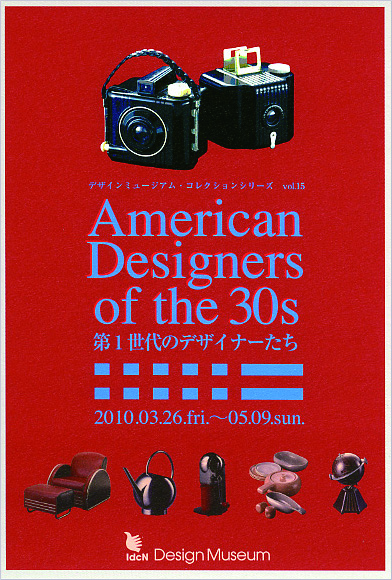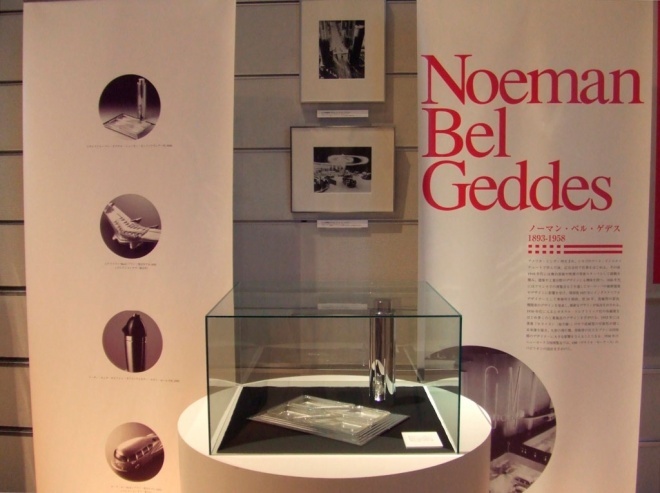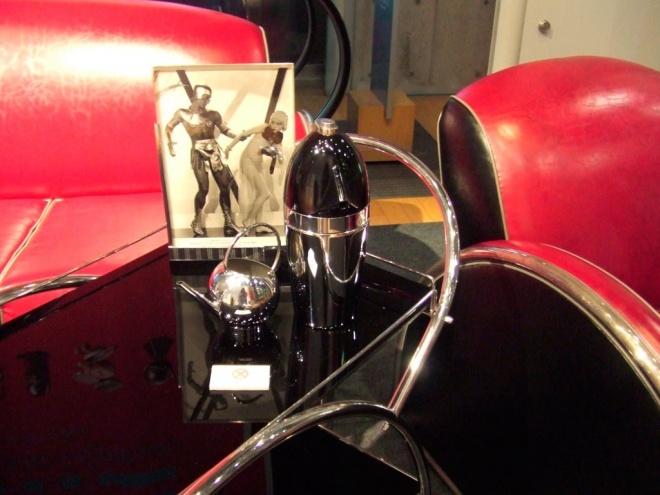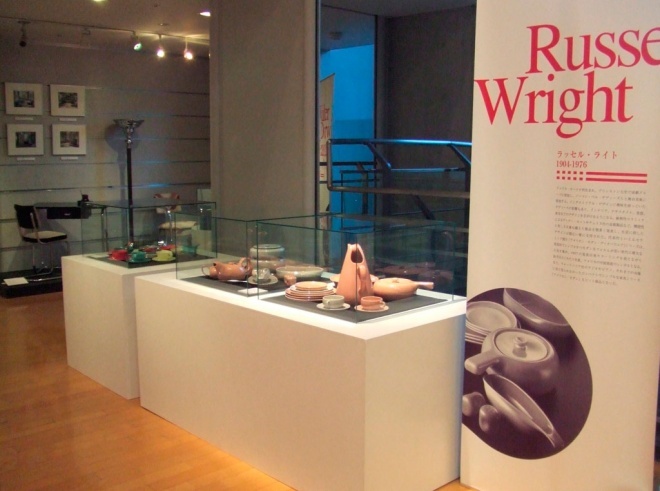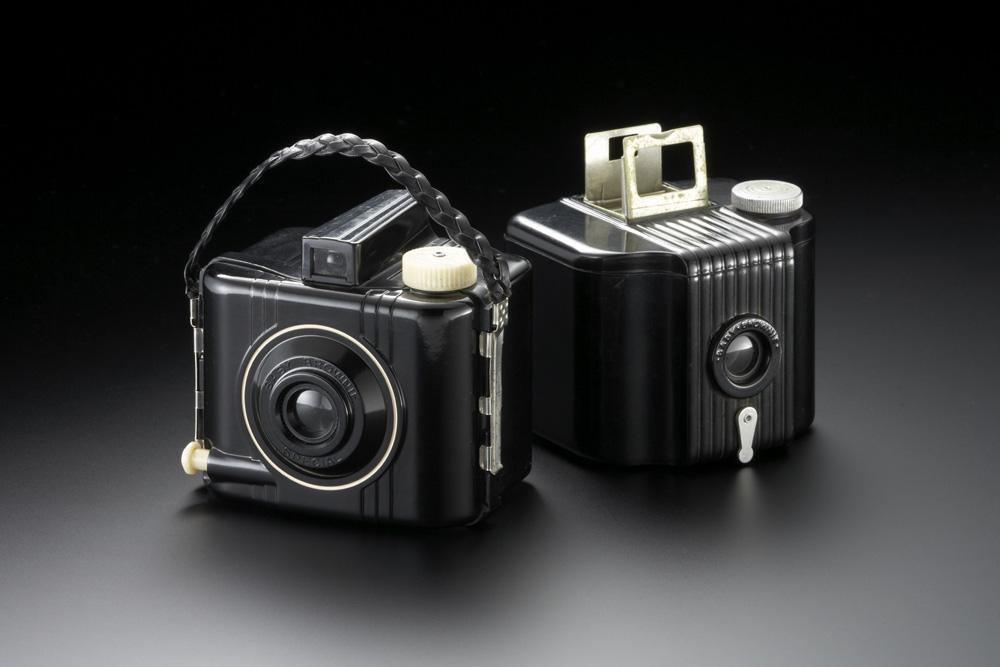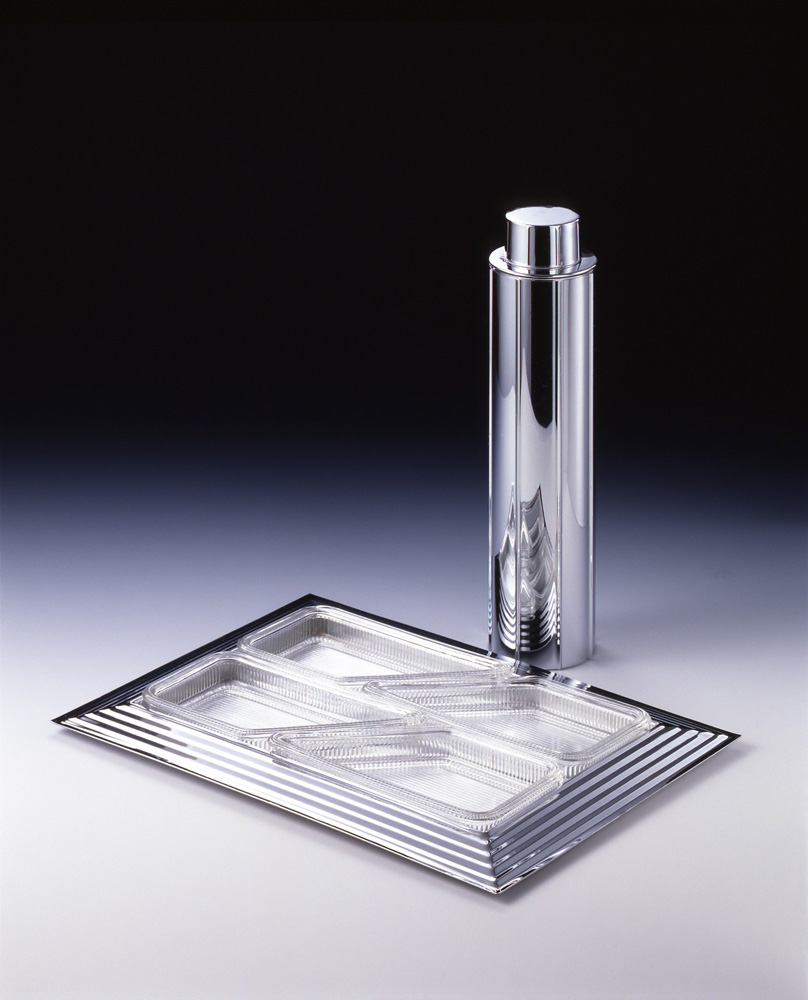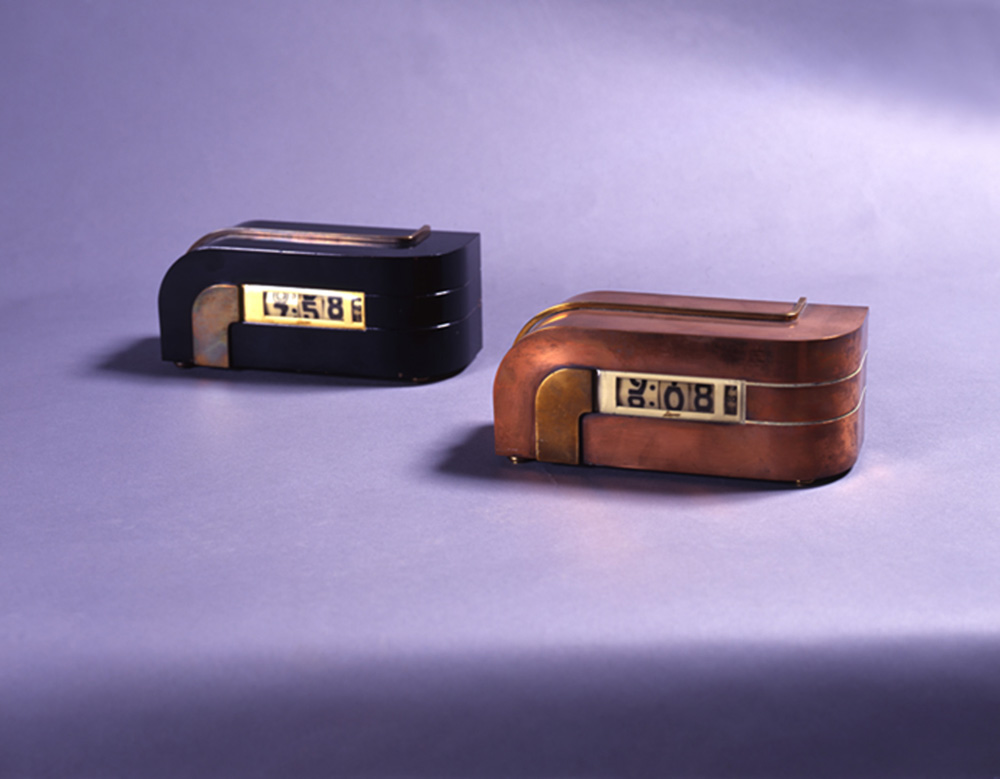- home>
- reports>
- american art deco collection>
- American Designers of the 30s: First Generation Designers
| 2014.05.03 |
|
Collection Exhibition Series Vol.15
American Designers of the 30s: First Generation Designers
From the end of the 19th Century through the beginning of the 20th, in Europe and the United States, both of which experienced the Industrial Revolution and the development of industrialized societies, certain people advocated the necessity of uniting art and technology. Most of these individuals came from the field of fine arts, with their ideology springing from a dissatisfaction and sense of crisis about what they considered inelegant manufactured products. Because at the time the people responsible for product development (including styling) were either the product planners of the technicians or craftspeople making the products, there were manufactured a great number of products that were far from beautiful. In addition, the United States was an emerging nation that had taken advantage of World War I to increase its power and it exhibited little resistance to science and mechanical technology, resulting in the production of an abundance of awkward machines.
In the 1920s, during the struggle to recover after the international panic caused by Wall Street’s failure, some of these designers proposed new styling for manufactured products. The results of their focus were objects that were both inherently functional and consistent with the sensibility of the times, and their superb design immediately garnered commercial success. In addition, because the designers did not remain within a single industry, but dealt with all manner of fields and products, they had planning abilities that went far beyond simple “styling”, making them indispensable to the manufacturing industry.
Raymond Loewy, who was later said to have “designed America”, began a career as a fashion illustrator, and then in the latter half of the 1920s achieved striking sales results for his redesign of a British copy machine. He went on to open a design office in the United States. In the same era, another illustrator and commercial graphic designer, Walter Dorwin Teague, proposed a new Kodak camera, which was a big hit. Henry Dreyfuss, who had been active in the performing arts, went on to a remarkable design career, working on such familiar electric appliances as vacuum cleaners as well as grand projects like the national pavilion for the International Exposition.
These designers created colossal commercial successes by not only making approachable the new techniques and their appeal, but also offering consumers beautiful forms, experimenting practically with the objects that would form the foundation of a conviction that people should be granted both affluence and beauty. Some of them, concentrating on technological development, proposed transportation that would change the way people would live. Some studied and proposed design that would be the foundation of the ergonomic engineering of the time. As the first generation of designers, they worked with familiar, everyday products, discovering significance and appeal heretofore found only in the fine arts. Later these first industrial designers formed a group and continued to encourage the education of the next generation and explore the possibilities of the future. They triumphed as practitioners who were able to establish the importance of the human aesthetic sensibility in the midst of widespread mechanization and industrialization, and the products they bequeathed to future generations fully expressed the high level of aesthetics they pursued.
■Exhibits
Club Chair and Ottoman/Designer: Donald Deskey/Year: 1934
Streamlined form was the symbol of American design of the 1930s. The stark contrast of the red and black colors and the streamlined form of this dynamic club chair make for a strong modern design.
Globe Radio/Designer: Raymond Loewy/Manufacturer: Colonial/Year: 1935
The occupation of “designer” was first widely recognized in the 1930s. This piece, the Colonial “New World” model 700, was created by one of the designers most active in the United States during this period: Raymond Loewy. The piece was originally designed in 1933 in pure white, but in 1935 this dark brown version hit the market. (Left)
Dinnerware “American Modern”/Designer: Russel Wright/Manufacturer: Stubenville Pottery/Design: 1937, Year of manufacture: 1939
This tableware series was Designer Russel Wright’s signature work for his brand “American Modern”. Extremely simple, exhibiting a linear beauty, this popular series is still manufactured more than seven decades after its introduction. (Right)
Baby Brownie Cameras/Designer: Walter Dorwin Teague/Manufacturer: Eastman Kodak Co./Year: 1938
Skyscraper Cocktail Shaker and Tray/Designer: Norman Bel Geddes/Year: 1934 (Left)
Vacuum Cleaner/Designer: Henry Dreyfuss/Manufacturer: Hoover Ltd/Year: 1940 (Right)
Clock “Zephyr”/Designer: Kem Weber/Manufacturer: Lawson Time Inc./Year: 1934
Design Museum Collection Exhibition Series Vol.15
American Designers of the 30s: First Generation Designers
During a period when the occupation of “designer” had only just begun to be recognized, in the United States, that occupation was both acknowledged and widely valued. In the 1930s, design was a new occupation, and a new role, born in a country that began to develop as an economic power following World War I. The pioneers of that occupation fulfilled a great role in the Depression-wracked US economy. This exhibit introduced the work of those who were recognized as the first generation of designers.
Period: March 26 – May 9, 2010
Venue: Design Museum, International Design Center NAGOYA
Organizer: International Design Center NAGOYA Inc.
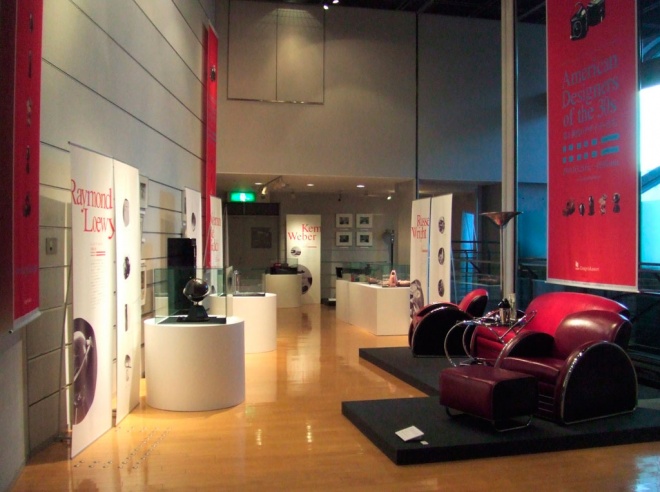
- Report: Nagoya, UNESCO City of Design Promotion Projects FY 2013
- Report: creators shop Loop(Fourth and Fifth Session)
- Report: 2013 Nagoya City Emergency Job Creation Projects
Creative Industry Cooperative Promotion Projects - Report: Corporate Support・Design Planning and Production FY 2013
- Report: IdcN Design Promotion FY 2013
- Report|Design Tour: Fun with the Classics at Yokiso’s Choshokaku
- Electric Media: The Age of Radio
- Ziggurat Design 30s “American Art Deco and Skyscrapers”
- “LIFE” | America: Birth of Photojournalism Magazine
- American AD of 1930s | Lifestyle and Products
- Electric Dream: Household Electric Appliance and Modern Life
- Posters from the 30s: Modern Life and Graphic Design

